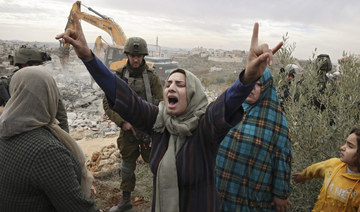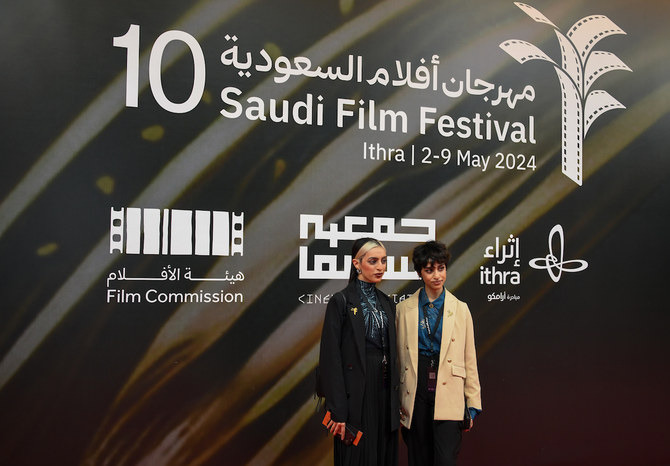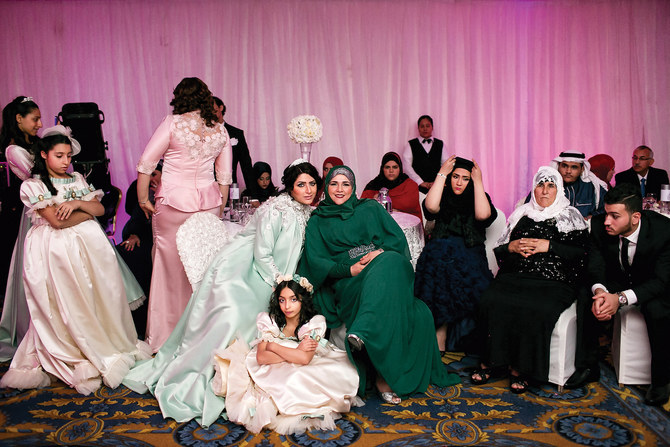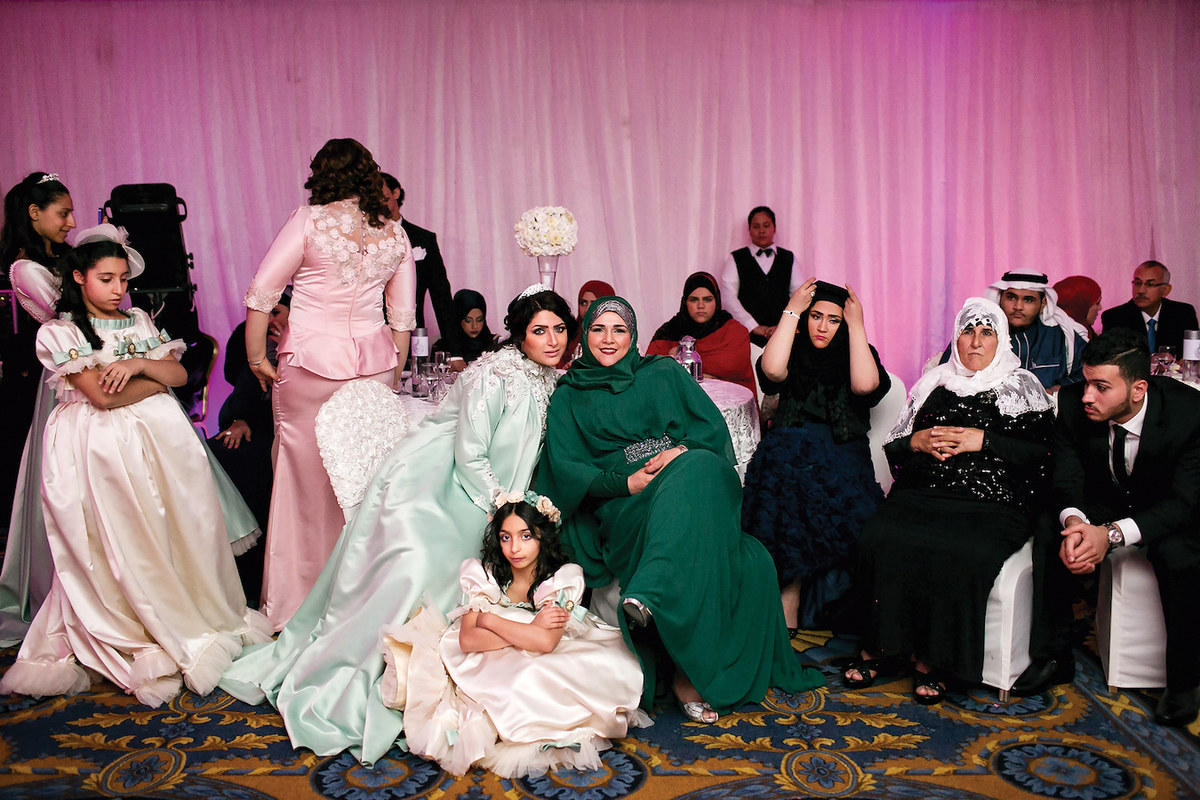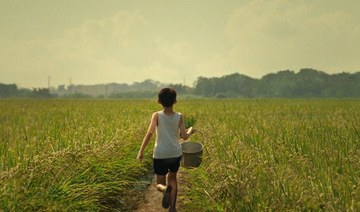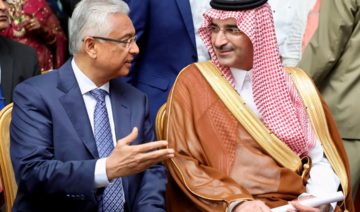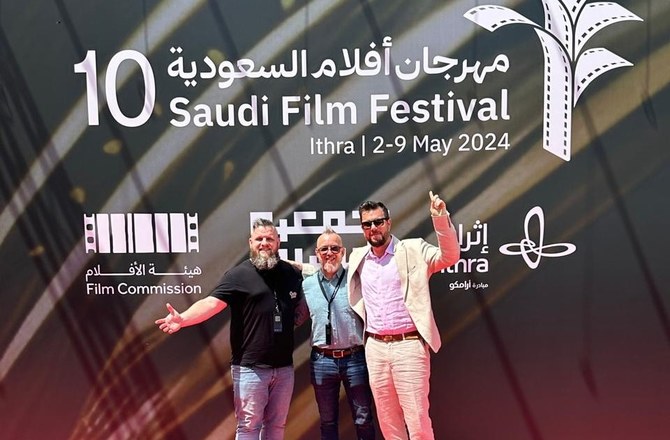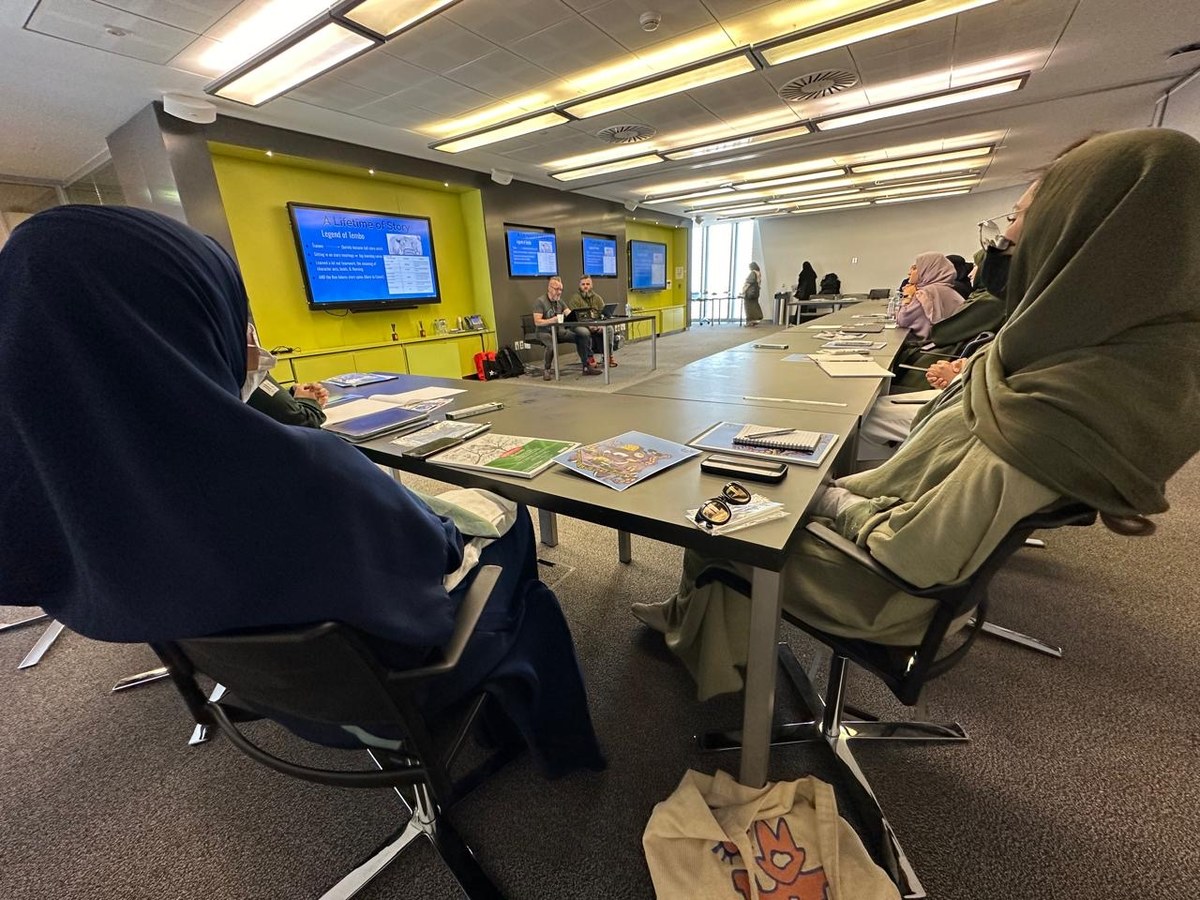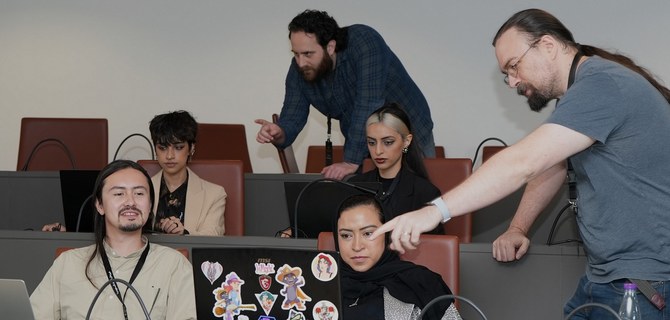LONDON: The awe-inspiring documentary film “One Night in Al-Aqsa” is set to tour the UK this month, with all proceeds going toward international humanitarian charity Penny Appeal’s Palestine campaign.
The film will premiere on Feb. 18 in London and the tour includes viewings in Luton, Birmingham, Leicester, Bolton, Blackburn, Manchester, and Bradford.
The film tells the story of Al-Aqsa’s compound during the Islamic calendar’s holiest night, Laylat Al-Qadr (Night of Power), when it is believed the first verses of the Holy Qur’an were revealed to the Prophet Muhammad.
Al-Aqsa, which is in occupied Jerusalem, is Islam’s third holiest site, and the film also explores why it is revered by Christian and Jewish faiths as well, and unrestricted access and high resolution footage provide insight into the Dome of the Rock and the Qibli Mosque.
Did you know that the Dome of the Rock was built by the Khalifah Umayyah Abdul Malik ibn Marwan?
Grab your tickets to watch the One Night in al-Aqsa movie, and enjoy a fascinating journey into the history of the third holiest site in Islam!
Book now!https://t.co/jpwmsn5i60 pic.twitter.com/8xA5HXKSF5
— pennyappeal.org (@pennyappeal) January 26, 2022
“One Night in Al-Aqsa” also features other religious institutions with important structures in Jerusalem, including the Church of the Holy Sepulchre and the Western Wall.
Abrar Hussain, an acclaimed London-based director known for “One Day in the Haram,” provides an unprecedented experience of the mosque compound through the eyes of the people who live and work there.
“It’s been a great honor to direct this film, and also a huge responsibility,” said Hussain, adding he believes films are one of the catalysts that can open up new discussions and viewpoints.
“I want this film to operate in the space that comes just before change (and) I hope to show the world a side of Islam that’s not been seen before, and add something positive to the understanding of this most significant historical institution,” he added.
Adeem Younis, founder and CEO of Penny Appeal, said: “The film is not only educational for adults but for young people who will be able to experience a documentary film which explains the history of the Al-Aqsa complex as the third holiest place of worship and its spiritual significance to Muslims but also to Christians and Jewish people all around the world.”
All the funds from the tour will go toward Penny Appeal’s Palestine campaign to provide health care, food, and other vital aid to the Palestinian people, the charity said.




